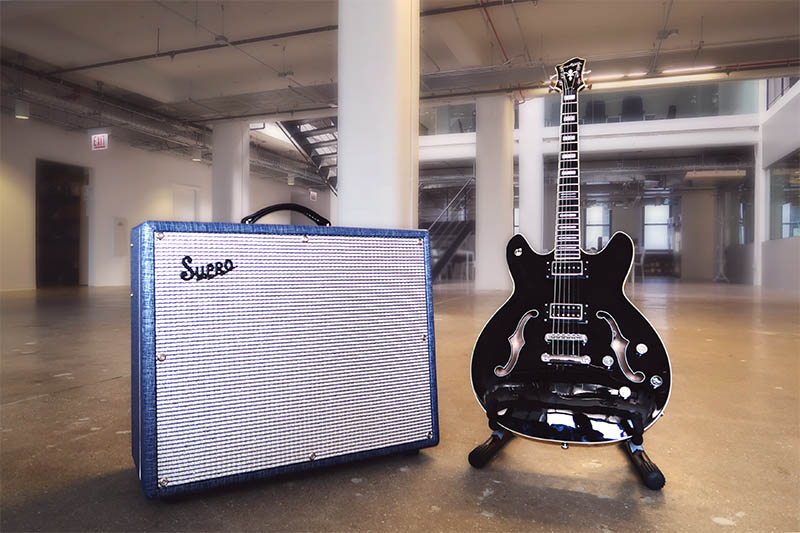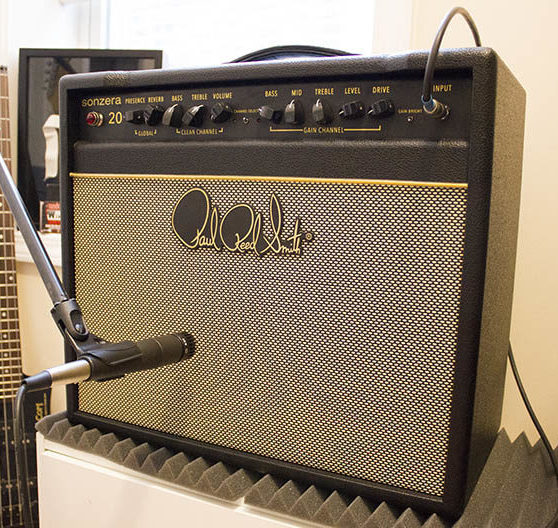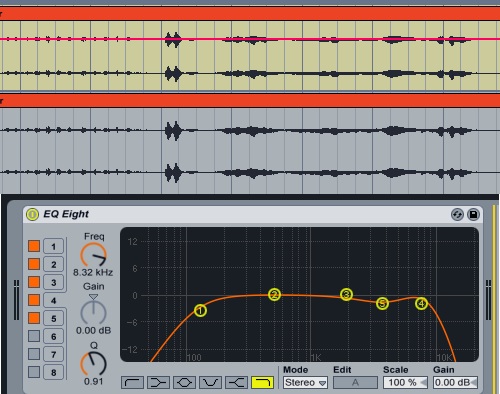If you’re a solo artist looking for more bite on guitar tracks for your studio album, or in a multi-guitarist band trying to figure out a good balance when tracking, here are a few basic tips for hitting the studio to record and mix your stereo guitar tracks.
Start at Tracking
Arguably, the biggest mistake any musician can make when recording a track is assuming that something can be fixed in post. This is the ideology that an engineer can magically reverse any faults in the mix after tracking has ended. A great-sounding track starts at recording and ends at mastering, that’s why it’s so important to experiment with EQ-ing your amplifier, pedals and guitar tone BEFORE hitting the big red circle.
In a situation with two guitar players, make sure to take time beforehand to work out a complementary tone between the two. Twist some knobs, try multiple guitars or even different amps. This is made easier with the obvious: different guitars, amplifiers and pedal arrangements. By building a contrasting tone, it helps create a robust mix and pulls it away from the dreaded “robotic sound” that plagues many amateur recording engineers.
The same can be said for solo tracking, where one guitarist plays both arrangements in separate takes. This can get really muddy, really fast and something as simple as swapping out a guitar or going through a different set of pedals can help a guitar part stick out in a mix.
EQ for Clarity
Once tracking is finished and the mixdown has begun, there are a few near “cure-all” techniques that every major DAW will allow an engineer to utilize to bring out clarity and allow the tracks to breathe in the mix.
Cut the Mud: Anything below 90Hz on guitar tracks can be cut out. This area on the frequency spectrum is almost always useless in a traditional guitar sense. Playing with a DAW’s EQ near this level will often show just how much a single guitar track can “step on” other instruments (drums, bass, etc.) when not ED’d properly.
EQ to Your Gear: Depending on the characteristics of any guitars, amplifiers, and effects used on a given track, EQ accordingly. For instance, if a Gibson Les Paul going through a Marshall JCM800 with a ton of crunch and midrange presence is what was originally tracked, EQ to the strength of the raw track. Tweak the brilliance over 3,000 Hz, and keep the thick tone wrangled in with adjustments around 150 to 250 Hz. At the end of the mix process, a raw track should go from thin and naked sounding, to something more natural, much like what the listener would hear if they were actually in the live room during recording.
Contrast: When this great Les Paul track is paired with something like a Fender Telecaster or a Gold-foil equipped Supro Westbury on the stereo track, it makes life so much easier down the stretch because of the inherent differences already present in the original instruments used. As long as the final mix plays to the strength of each track, a truly organic sounding mix will present itself.
Keep these guidelines in mind the next time you mix a track with stereo guitars, or multiple guitar parts, and you’ll be well on your way to a track with rich, contrasting guitar tones!






Leave a Reply